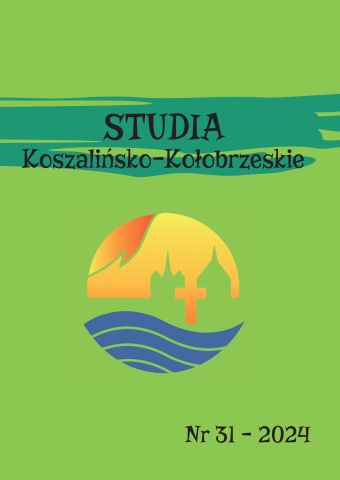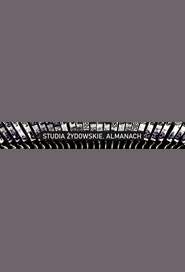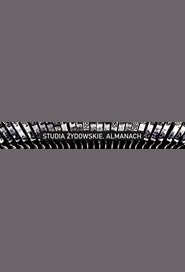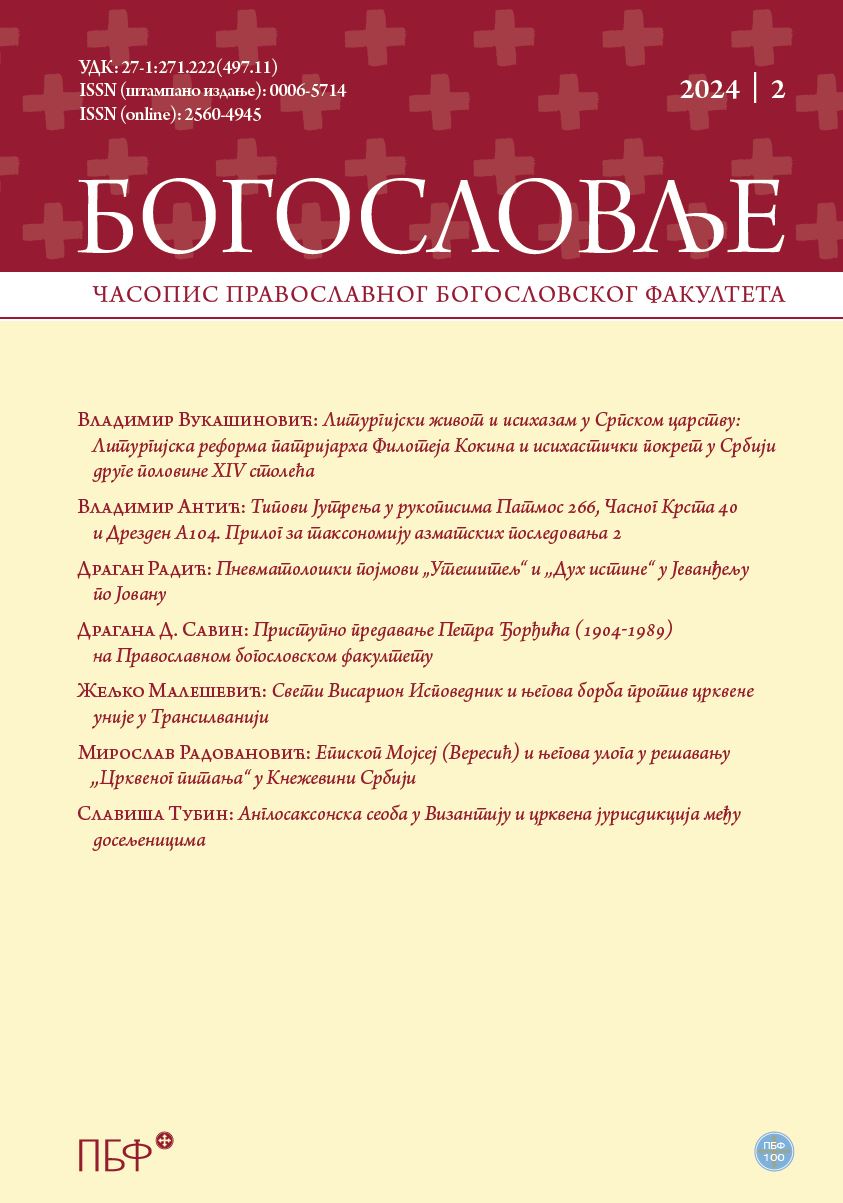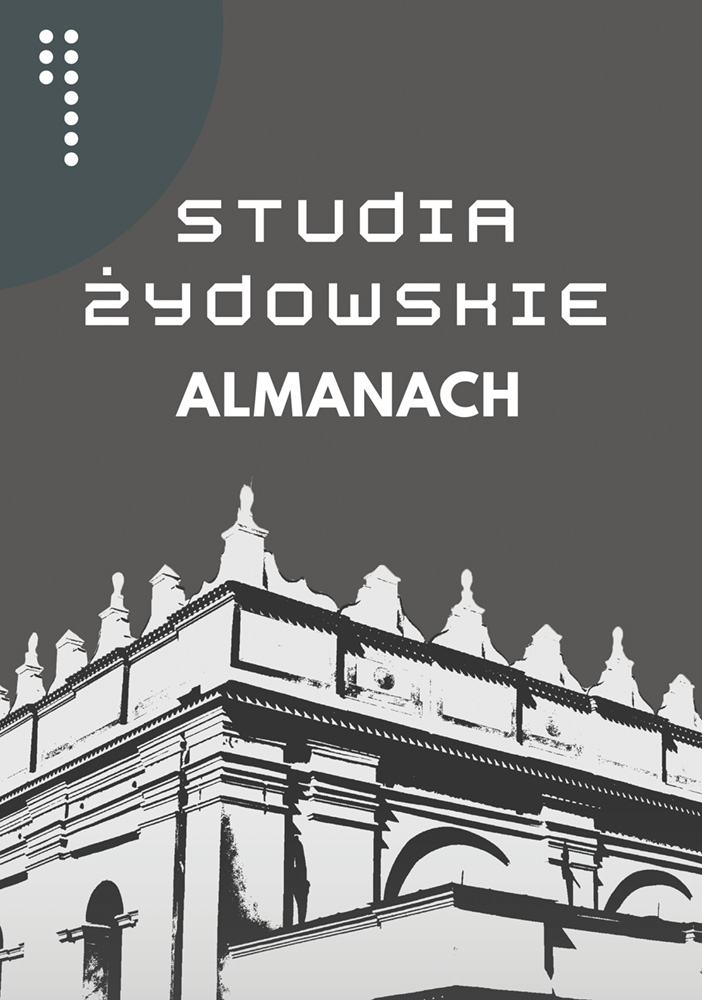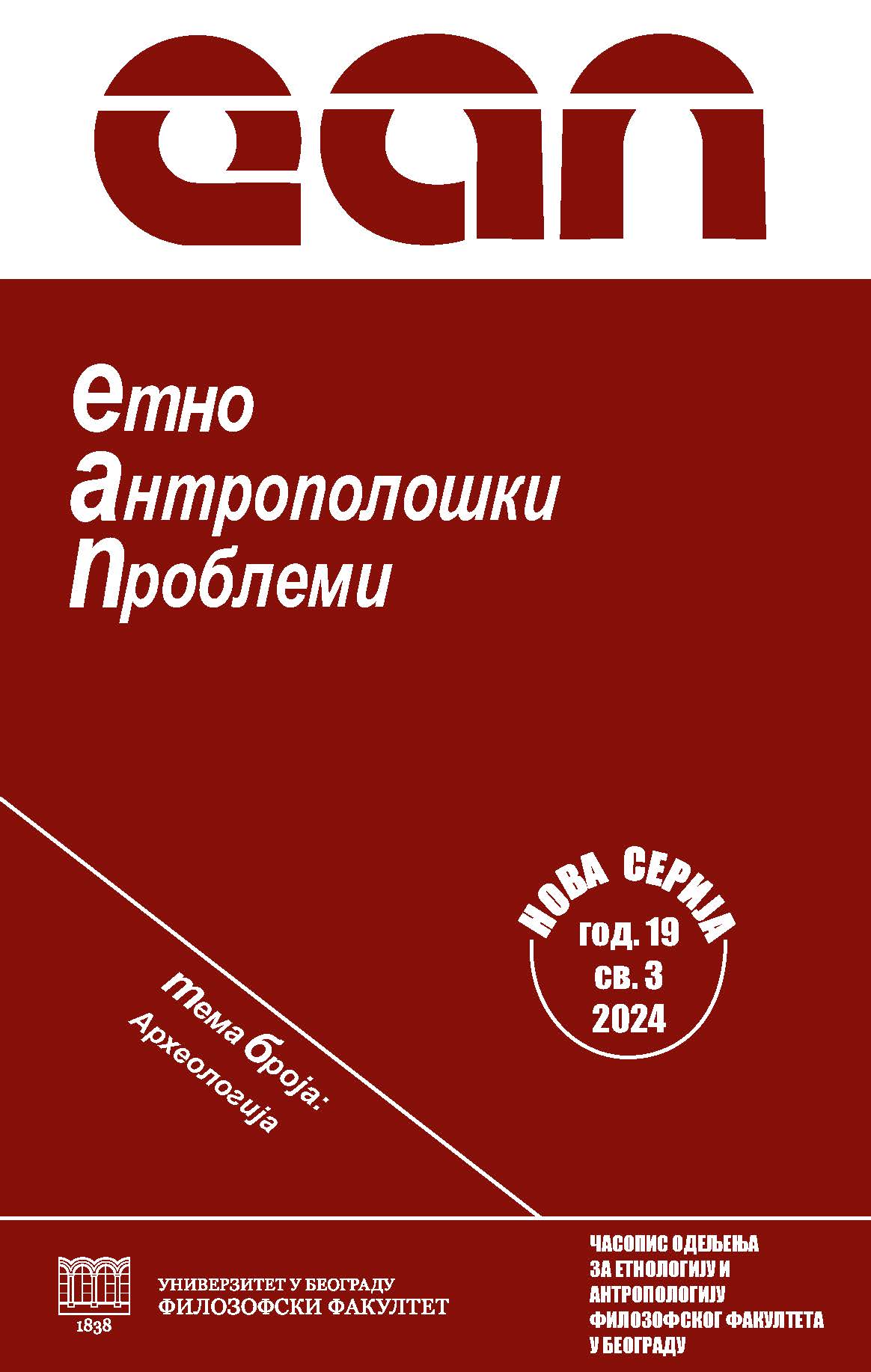
Lični ukrasi i pogrebni rituali u praistoriji
Archaeological burial contexts are among particularly attractive topics for both experts – archaeolo-gists, and wider audiences. The reasons behind this are partially the rich, attractive portable finds that are usually associated with these contexts, but also the interpretative potential, i.e., insight into rituals and symbolic values of people in the past.Archaeological finds from burial contexts are very diverse in their nature and function, and may include parts of burial constructions, remains of rituals, objects placed along the deceased and objects placed on the deceased. The interpretation of burial contexts and associated finds are tightly connected and interlinked. These finds were often regarded as a result of a single, short-lived event and were considered as particularly important for the questions of relative and absolute chronology; the contents of burial finds were used as a basis for hypotheses regarding social relations, and, overall, burial finds were used for interpreting the identity of the deceased, reconstructing rituals, etc. Personal ornaments are particularly common in burial contexts, and, at the same time, the richest finds of personal orna-ments mainly originate from burial contexts. When it comes to personal ornaments, it is usually as-sumed that they were owned by the deceased, and they are interpreted through the prism of status, prestige, and/or identity. However, personal ornaments might have had a much wider symbolic mean-ing. In this paper, we will look at the possibilities in terms of the meanings of personal ornaments from prehistoric contexts – beside markings of identity and status of the deceased, they might also have rep-resented a gift to the deceased, gift to divinities, they might have had an apotropaic and a prophylactic function, for both the deceased and the participants in the burial ritual, and they might also have had an emotional meaning.
More...
